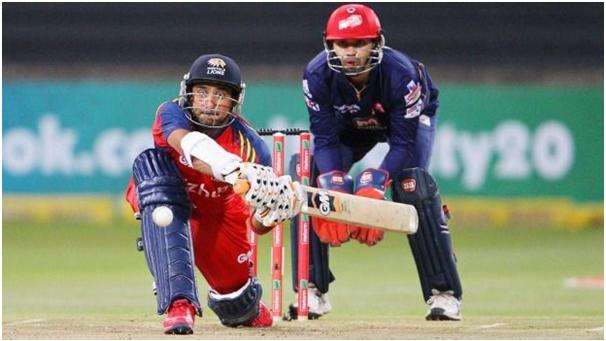That some cricket fans enjoy betting on the sport should come as little surprise to anyone. After all, it’s been going in most countries since the earliest days of legalized gambling.
Cricket gambling in the 17th century
As early as the 1600s, with the introduction of the Gaming Act 1664, spectators were upping the excitement of a big match by placing stakes of up to £100, the equivalent of about £14,000 in modern day money. Indeed, in the sport’s early days, most of the press coverage surrounding the sport focussed far more on the gambling aspect of the game than of the action itself.
In time of course, the media did do something of a 180 in terms of its cricket coverage, ultimately making household names out of the sport’s biggest stars like Brian Lara, Ian Botham, Kevin Pietersen and a slew of others. Not that this seemed to in any way tarnish the popularity of betting on the big cricket matches.
Indeed, with many of the world’s major bookmakers continuing to generate massive profits through sports betting, the practice of placing a wager on cricket remains as common -if not more so- today than it ever was in the seventeenth century.
Scandals and corruption
Of course, this hasn’t always been to the sport’s benefit. You don’t need to look to far to find instances where gambling has tainted cricket’s reputation, instances where greed overcomes the spirit of competition to land some of the big name players in some serious hot water.
Still, it’s worth pointing out that when it comes to sports betting, incidents like the Pakistan cricket spot-fixing scandal of 2010 are the exception rather than the norm.
In most cases, your typical cricket fan places a small bet for no other reason than they fancy the odds, or because it’s a sure way to prove their confidence in their team’s success, quite literally putting their money where their mouth is.
How the Internet changed gambling in cricket
It’s been that way for as long as most of us can remember, with very little changing besides the odds given on any given game. Then, along came the Internet, and sports betting was never quite the same again.
In the past, betting on cricket was a pretty straight forward affair – you’d go to your nearest bookies, place a bet, then either watch the game on tenterhooks, hoping the outcome would match the one you predicted, or else go about your business with no real idea of how things were progressing. Either way, one thing was certainly the same; once the bet had been placed, there was little anybody could do to increase their chances of success.
With the birth of the Internet and mobile apps such methods of gambling were slowly being consigned to history. Among UK bookmakers, make sure to check William Hill cricket betting page as a prime example of how the real-time data available via the Internet has changed the way we gamble.
In-game betting
Now, rather than placing one bet and hoping for the best, spectators can participate in the growing trend for in-game betting, with odds changing depending on the state of play and giving eager gamblers the chance to increase their stakes and up their chances of walking away with a profit.
Has this put paid to the corruption and greed that tarnishes not only cricket, but many others professional sports too? Not yet, tackling such problems requires the sport’s governing bodies to seriously address the issues, yet what it certainly does mean, is that gambling in cricket sure has come a long way since the Gaming Act of 1664.















